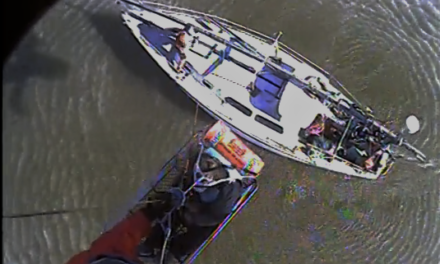By SDCN Staff
San Francisco, CA–U.S. Customs and Border Protection, in partnership with Princess Cruises, expanded the use of facial biometrics into the debarkation process at the Port of San Francisco, becoming the latest seaport to modernize efforts to revolutionize cruise travel.
When debarking the cruise vessel at a U.S. seaport, passengers will pause for a photo that will be compared to the traveler’s existing passport or visa photo in secure DHS systems to biometrically verify their identity. Once verified, passengers are allowed to proceed through inspections and exit the terminal. This innovative entry process further secures and enhances the customer experience while protecting the privacy of all travelers. The improved arrival process using facial biometrics verifies the traveler’s identity within two seconds and is more than 98% accurate.
U.S. travelers and select foreign nationals who are not required to provide biometrics and wish to opt out of the new biometric process can simply request a manual document check from a Customs and Border Protection officer consistent with existing requirements for admission into the United States.
To date, facial biometric comparison technology is available at 15 seaports across the United States and has been successfully used to process arriving passengers on cruise vessels in Florida, New Jersey, New York, Texas, California, Washington, Louisiana, Alabama, Puerto Rico, and Maryland.
“With a resurgence in tourism, CBP is working closely with our cruise industry partners to efficiently and securely process arriving international passengers,” said David Salazar, Customs and Border Protection’s Director of Field Operations in San Francisco. “Facial biometrics further enhances the travel experience by utilizing safe, touch-free technology that streamlines entry procedures.”
Currently, more than 224 million travelers have participated in the biometric facial comparison process at air, land, and seaports of entry. As of September, Customs and Border Protection has leveraged facial biometrics to prevent more than 1,600 impostors using genuine travel documents from illegally entering the United States at air and land Ports of Entry.


